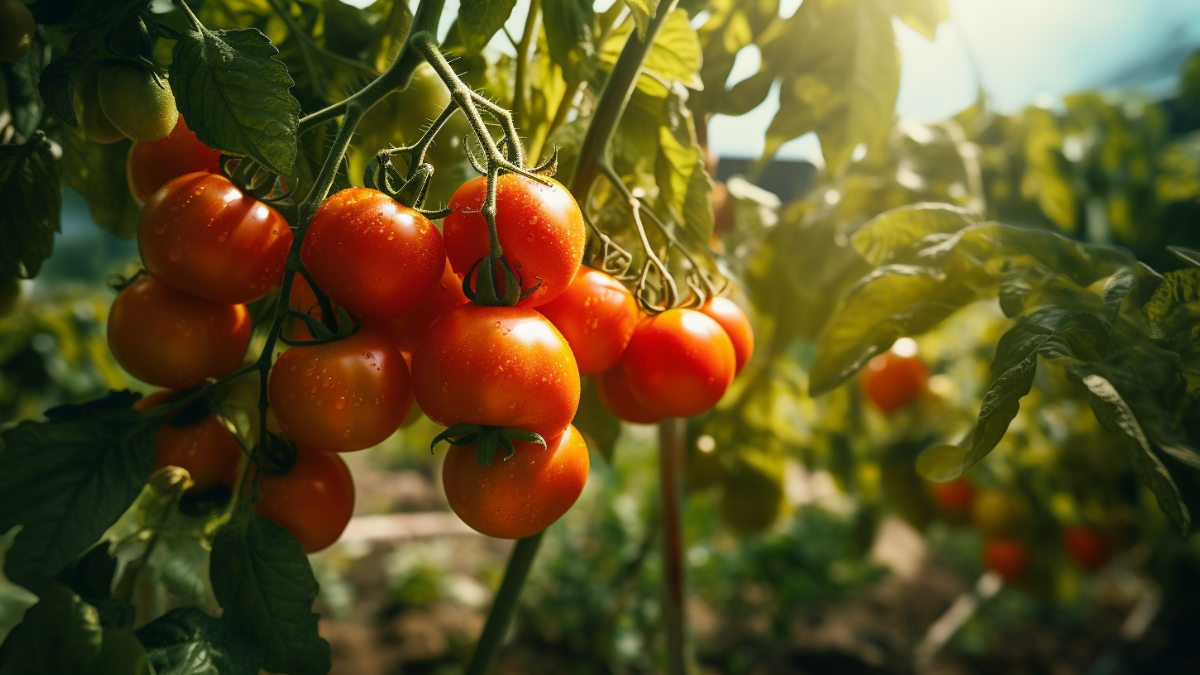Savoring the Sweetness of Late-Summer Tomatoes
As the warm rays of summer begin to wane, gardeners often yearn for a final taste of the season’s bounty. While early-planted tomatoes may have already graced our tables, there’s still hope for a late crop that can be savored well into autumn. Rooting tomato plants offers a delightful way to extend the growing season, and in this article, we’ll explore the art of nurturing late-blooming tomatoes with ease and success.
Understanding the Basics: The Magic of Rooting
Before we dive into the process of rooting tomato plants, let’s understand the magic behind it. Rooting involves cultivating new plants from cuttings taken from the parent plant. Unlike growing from seeds, rooting allows us to clone the exact characteristics of a healthy, mature tomato plant. This process grants us the power to propagate the late-season tomato varieties we cherish.
Selecting the Perfect Candidates: Choosing Tomato Varieties
When aiming for a late crop, selecting the right tomato varieties is crucial. Look for determinate or compact indeterminate varieties that tend to ripen faster. Examples include Early Girl, Stupice, and Fourth of July. These tomatoes have a shorter time to maturity, making them ideal for the late-season garden.
Harvesting Healthy Suckers: The Art of Pruning
The key to rooting tomato plants lies in harvesting healthy suckers. Suckers are the small shoots that emerge in the crotch between the main stem and a branch. To propagate late-season tomatoes, choose robust suckers that are approximately 2-4 inches long. Use clean, sharp pruning shears to make a clean cut just above the sucker’s base.
Prepare for Rooting: Snip, Strip, and Soak
Once you have your suckers in hand, it’s time to prepare them for rooting. Snip off any leaves or flowers from the lower part of the sucker to direct its energy toward root development. Next, fill a glass or jar with water and immerse the stripped end of the sucker. Place the container in a warm, bright location, but avoid direct sunlight. In a week or two, you should observe roots starting to form.
Potting Up: Planting Rooted Suckers
As soon as your rooted suckers develop healthy root systems, it’s time to pot them up. Select small pots with drainage holes and fill them with well-draining potting mix. Gently transplant the rooted suckers into the pots, ensuring the roots are well-covered with soil. Water the transplants thoroughly and keep them in a sheltered area to prevent transplant shock.
Care and Cultivation: Nurturing Your Late Crop
To ensure your late-season tomatoes thrive, provide them with the right care and conditions. Place the potted transplants in a sunny spot with at least 6-8 hours of sunlight daily. Water consistently to keep the soil moist but not waterlogged. Consider using a balanced liquid fertilizer to support healthy growth.
Protection and Patience: Preparing for Cooler Weather
As fall approaches and temperatures drop, protect your late-season tomatoes from frost and cold nights. Cover the plants with a frost cloth or move the pots indoors during chilly evenings. Be patient and monitor the plants closely as they may take a bit longer to produce ripe fruits in the cooler weather.
Conclusion: Savoring the Fruits of Your Labor
As the gardening season nears its end, rooting tomato plants opens a gateway to relish the fruits of your labor a little while longer. With the right selection of varieties and the art of propagation, you can extend the joy of homegrown tomatoes well into the fall. So, embark on this late-season gardening adventure, and you’ll be rewarded with the delightful sweetness of tomatoes long after summer bids adieu. Happy rooting and happy harvesting!



